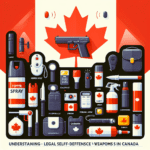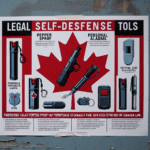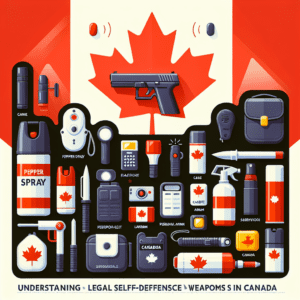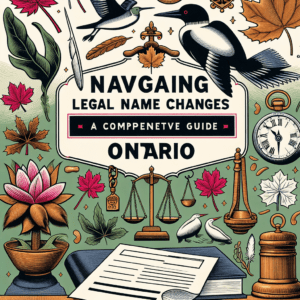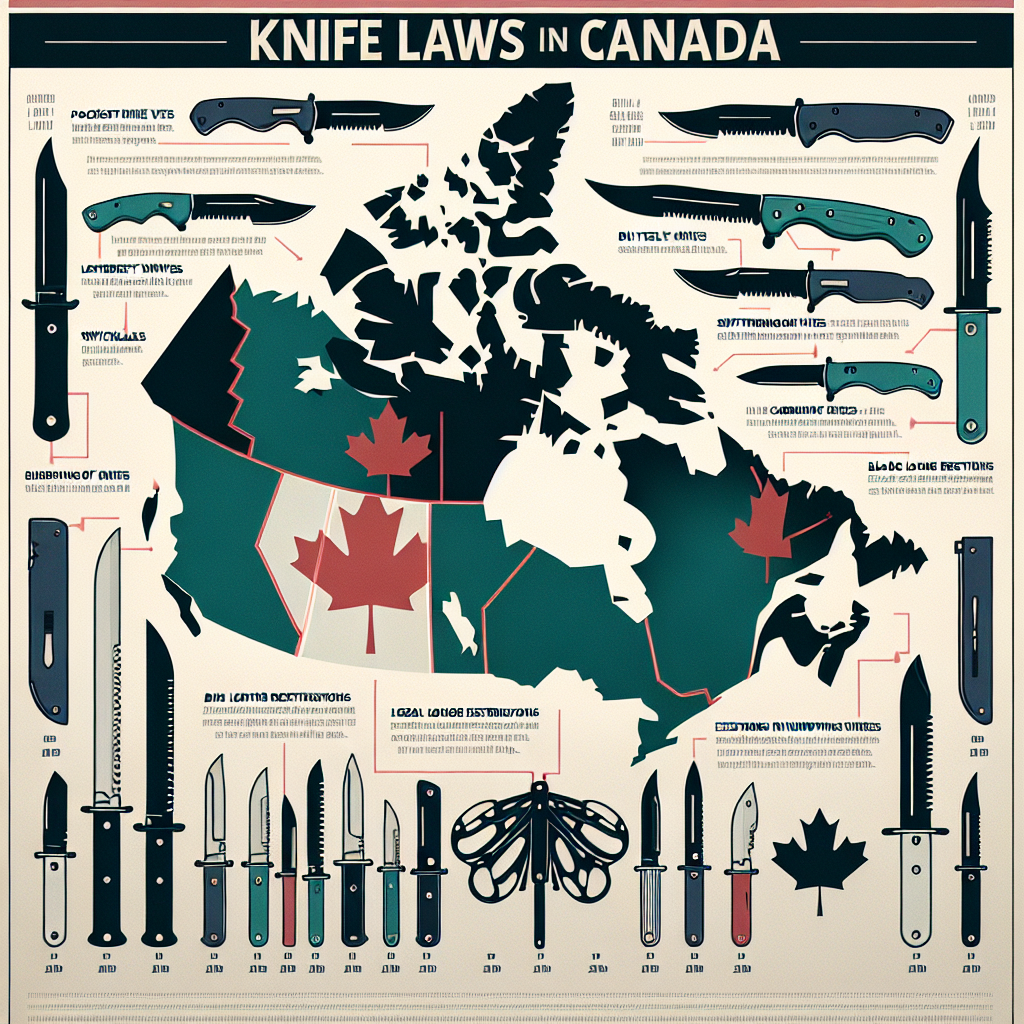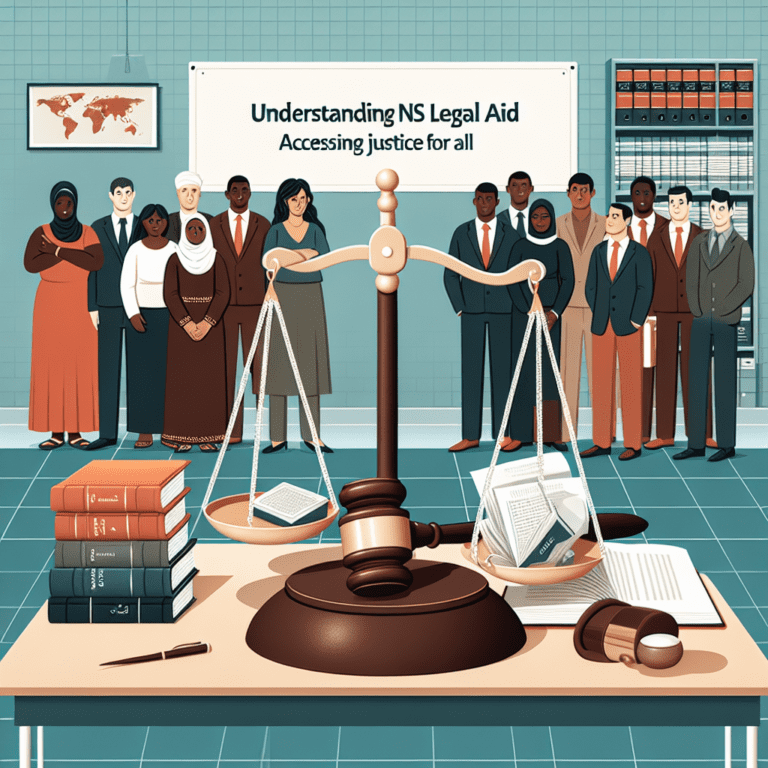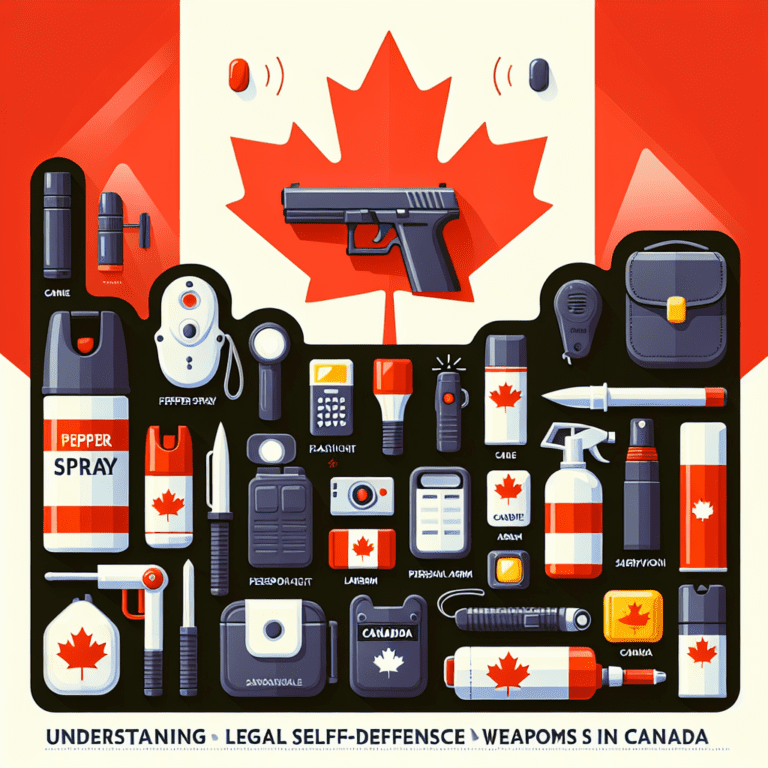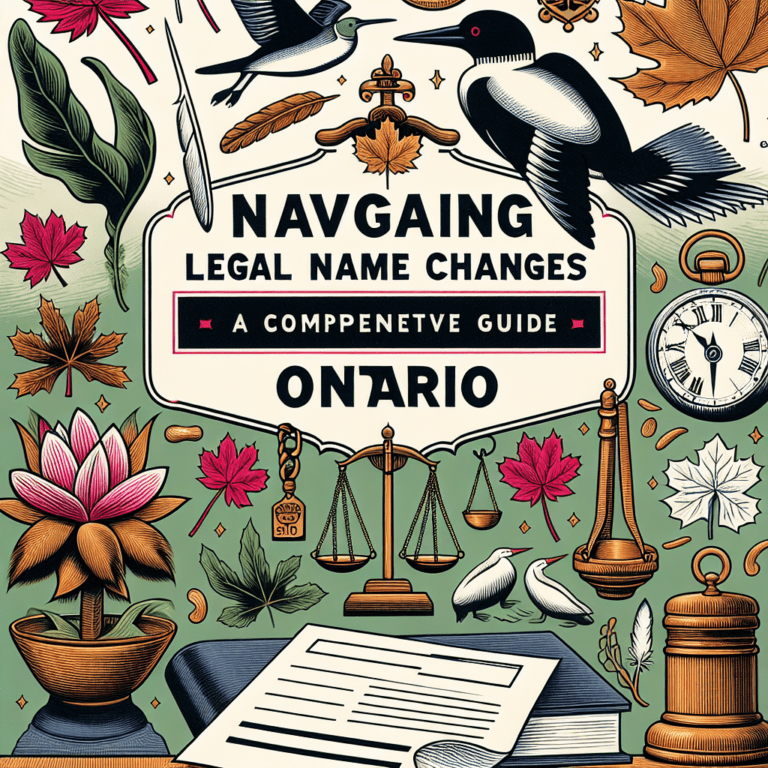Understanding knife laws in Canada can seem like navigating a labyrinth of regulations and exceptions. For enthusiasts, collectors, or everyday users, the uncertainty surrounding knife ownership can lead to significant legal ramifications. What may seem innocuous could result in severe penalties if it falls afoul of the law. This guide aims to demystify Canada’s knife laws, providing you with deep insights into classifications, regulations, and their implications, so you can wield your passion for knives confidently and legally.
The Basics of Knife Laws: Definitions and Classifications
Understanding the landscape of knife laws in Canada begins with knowing the specific definitions and classifications that govern these tools. Knives can generally be categorized into several types, such as folding knives, fixed-blade knives, and specialized tools like switchblades or butterfly knives. Each category bears distinct implications under Canadian law. For instance, folding knives, which can be easily carried and concealed, often have fewer restrictions compared to fixed-blade knives, which may be seen as more menacing due to their size and visibility.
The Criminal Code of Canada outlines specific provisions that define what constitutes a prohibited weapon. A knife that is designed to be used primarily for self-defense, or one that is spring-loaded (such as a switchblade), may fall into this category. It’s crucial to understand that while a standard pocket knife is generally legal to carry, certain features can elevate it to a prohibited status. Always familiarize yourself with the unique characteristics of your knife, as this can drastically alter its legality.
Lastly, it’s important to recognize the role of intent in the legal framework surrounding knives. A knife used for practical purposes, such as camping or culinary tasks, is typically viewed differently than one carried with the intent to harm. Thus, intent can influence both the legal interpretation and potential consequences, making it essential for owners to be aware of their purposes for carrying a knife.
Federal and Provincial Regulations: A Comprehensive Overview
At the federal level, the Criminal Code of Canada establishes overarching laws related to weapons, including knives. The code specifies that certain knives, such as those that are automatic-opening or designed with weapons-grade features, are prohibited. However, the interpretation of these laws can vary, leading to confusion among citizens. Understanding the federal law is just the beginning; local and provincial regulations can further complicate what is permissible.
Provincial and municipal regulations add another layer of complexity to knife ownership. For example, while knife laws can be more lenient in certain provinces, urban areas may have stricter regulations due to higher population density and concerns about public safety. In cities like Toronto or Vancouver, bylaws might restrict the carrying of knives in public spaces, requiring residents to stay updated with local legislation to avoid fines or other legal troubles.
Enforcement of knife laws can also vary widely between jurisdictions, with some areas prioritizing enforcement more stringently than others. This inconsistency can lead individuals to mistakenly believe they are abiding by the law when, in fact, they may be at risk. Therefore, it is highly advisable to conduct thorough research or consult with legal experts when in doubt about the regulations in your area, especially if you’re planning to carry a knife beyond your home environment.
In conclusion, navigating knife laws in Canada requires a keen understanding of both federal and provincial regulations. The nuances of knife classification and the role of intent can significantly impact your legal standing. By staying informed and vigilant, you can ensure that your passion for knives remains a legal and enjoyable pursuit. Always err on the side of caution and consider reaching out to legal experts or local authorities for specific inquiries. Embrace knowledge as your most powerful ally in the quest for responsible knife ownership.
Understanding Legal Self-Defense Weapons in CanadaUnderstanding Legal Paper Size: Dimensions and Uses ExplainedNavigating Legal Name Changes in Ontario: A Comprehensive GuideRelevant LinkRelevant LinkRelevant Link
